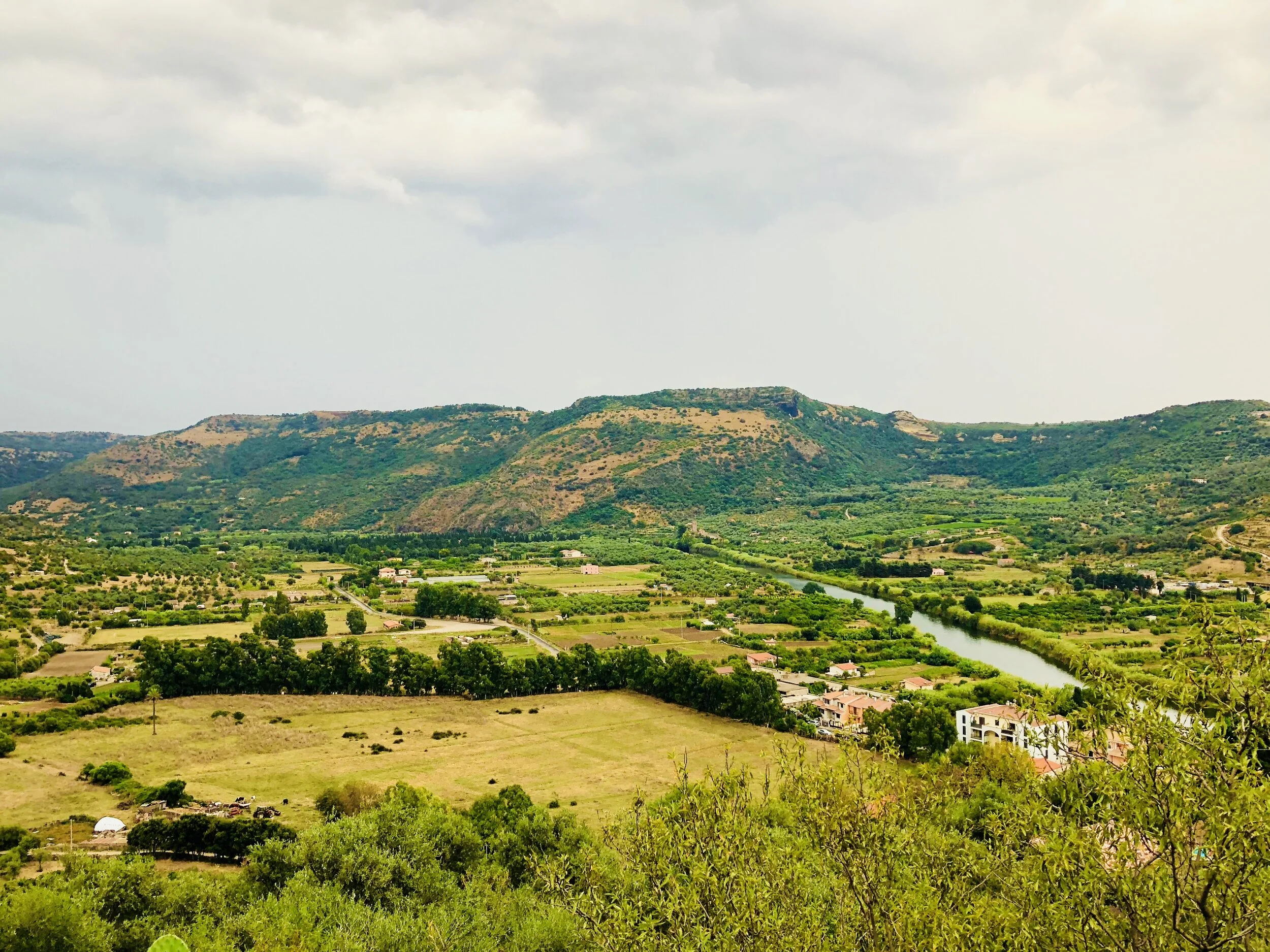"Racism and the COVID-19 Epidemic: Recommendations for Health Care Workers." , 110(7), pp. 956–957
The Mental Health Consequences of COVID-19 and Physical Distancing: The Need for Prevention and Early Intervention
Galea S, Merchant RM, Lurie N. The Mental Health Consequences of COVID-19 and Physical Distancing: The Need for Prevention and Early Intervention [published online ahead of print, 2020 Apr 10]. JAMA Intern Med. 2020;10.1001/jamainternmed.2020.1562. doi:10.1001/jamainternmed.2020.1562
Mitigating the Psychological Effects of Social Isolation During the covid-19 Pandemic.
Razai MS, Oakeshott P, Kankam H, Galea S, Stokes-Lampard H. BMJ. 2020;369:m1904. doi: 10.1136/bmj.m1904.
The Association Between Residential Proximity to Brownfield Sites and High-Traffic Areas and Measures of Immunity.
Lodge EK, Engel LS, Ferrando-Martínez S, Wildman D, Uddin M, Galea S, Aiello AE. J Expo Sci Environ Epidemiol. 2020. doi: 10.1038/s41370-020-0226-2. Online ahead of print.
Suicide fatalities in the US compared to Canada: Potential suicides averted with lower firearm ownership in the US.
Raifman J, Sampson L, Galea S. PLOS One. 2020;15(4):e0232252. doi: 10.1371/journal.pone.0232252. eCollection 2020.
COVID-19 and Underinvestment in the Health of the US Population.
Maani N, Galea S. Milbank Q. 2020. doi: 10.1111/1468-0009.12462. [Epub ahead of print]
Pandemic March: COVID-19's first wave circumnavigates the globe.
Shultz JM, Perlin A, Saltzman RG, Espinel Z, Galea S. Disaster Med Public Health Prep. 2020. 1-13. doi: 10.1017/dmp.2020.103. [Epub ahead of print]
Molecular genetic overlap between posttraumatic stress disorder and sleep phenotypes
Lind MJ, Brick LA, Gehrman PR, Duncan LE, Gelaye B, Maihofer AX, Nievergelt CM, Nugent NR, Stein MB, Amstadter AB; Psychiatric Genomics Consortium Posttraumatic Stress Disorder. Molecular genetic overlap between posttraumatic stress disorder and sleep phenotypes. Sleep. 2020 Apr 15;43(4):zsz257. doi: 10.1093/sleep/zsz257. PMID: 31802129; PMCID: PMC7157187.
The Mental Health Consequences of COVID-19 and Physical Distancing | JAMA Internal Medicine
Authored by: Sandro Galea, Raina M. Merchant, and Nicole Lurie
In the context of the COVID-19 pandemic, it appears likely that there will be substantial increases in anxiety and depression, substance use, loneliness, and domestic violence; and with schools closed, there is a very real possibility of an epidemic of child abuse. This concern is so significant that the UK has issued psychological first aid guidance from Mental Health UK.7 While the literature is not clear about the science of population level prevention, it leads us to conclude that 3 steps, taken now, can help us proactively prepare for the inevitable increase in mental health conditions and associated sequelae that are the consequences of this pandemic.
First, it is necessary to plan for the inevitability of loneliness and its sequelae as populations physically and socially isolate and to develop ways to intervene. The use of digital technologies can bridge social distance, even while physical distancing measures are in place.8 Normal structures where people congregate, whether places of worship, or gyms, and yoga studios, can conduct online activities on a schedule similar to what was in place prior to social distancing. Some workplaces are creating virtual workspace where people can work and connect over video connections, so they are not virtually alone. Employers should ensure that each employee receives daily outreach during the work week, through a supervisor or buddy system, just to maintain social contact.
The Mental Health Consequences of COVID-19 and Physical Distancing: The Need for Prevention and Early Intervention.
Galea S, Merchant RM, Lurie N. JAMA Intern Med. 2020. doi: 10.1001/jamainternmed.2020.1562. [Epub ahead of print]
